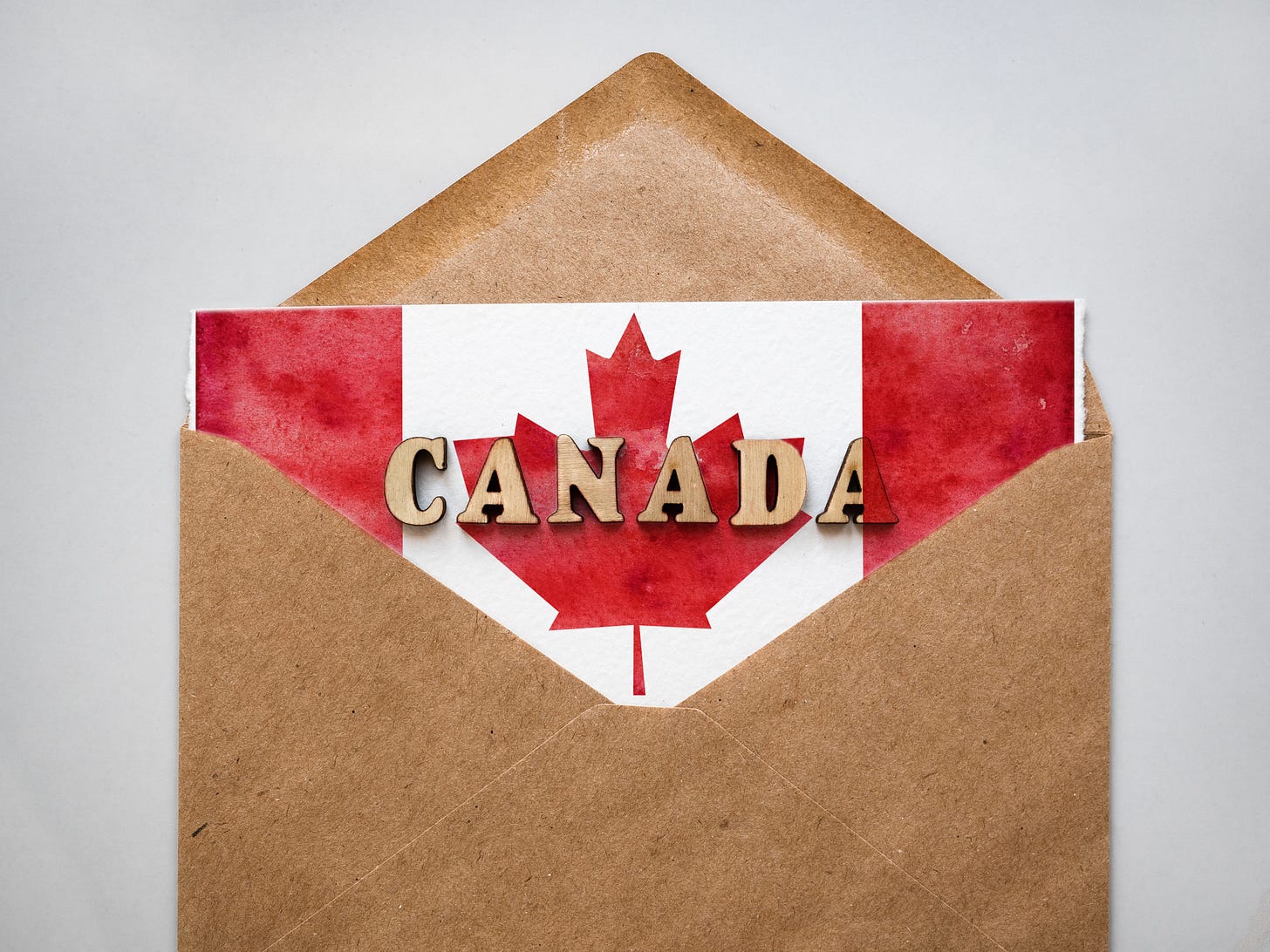Something deeply alarming is unfolding in Los Angeles. What happens in America is something Canadians and Canada must be vigilant of and cannot ignore.
What began as peaceful protests against immigration raids conducted by U.S. Immigration and Customs Enforcement (ICE) has rapidly escalated into a confrontation with the LA Police and the National Guard. Know that this is not just about police batons or tear gas in downtown streets: it is about the soul of democracy, government overreach, and the silent, creeping repetition of a pattern many of us have seen before.
President Donald Trump’s decision to deploy National Guard troops without the consent of California’s governor is a direct challenge to the boundaries of state sovereignty and civilian oversight. Governor Gavin Newsom has condemned the move as “purposefully inflammatory” and unlawful. Yet, Trump justifies it in the name of “law and order.”
We have heard these words before, we have seen this movie, and it never ends well.
As self-driving Waymo vehicles burn in Los Angeles and protests ripple across other U.S. cities, I cannot help but see the ghost of another struggle, one that changed my life forever.
Years ago, I was living in and watching Hong Kong erupt.
In 2014, it was students and ordinary residents who took to the streets to demand the simple right to elect their leaders. The government’s response was swift, violent, and deeply calculated. Peaceful marches were broken up with tear gas and batons. Organized crime groups, suspected to be acting with government support, attacked protesters. The police force broke under moral strain, with some officers resigning while others stayed and became instruments of repression.
The movement lit a fire and people awoke to the reality that rights are never guaranteed. Although the protests did not succeed in achieving immediate democratic reforms, they revealed just how fragile freedom truly is.
By 2019, the political crisis in Hong Kong had returned with even greater urgency. A new extradition bill threatened to allow citizens to be sent to mainland China for trial, where due process was absent and dissenters disappeared. The city once again rose in defiance. Except this time, the protests were more coordinated, more defiant, and more desperate.
The government responded by escalating violence, embedding spies, and weaponizing misinformation. Protesters were beaten inside subway stations. Undercover officers escalated the protests, and Chinese security forces wore local Hong Kong police riot uniforms. Public support began to wane, and international attention fizzled.
Eventually, the movement collapsed when China imposed a sweeping National Security Law that criminalized dissent and silenced opposition. What remained of freedom was hollowed out. The city was quieter and no longer free.
And now, I see the same signs in Los Angeles as a warning to Canada.
I see the National Guard deployed against local wishes. I see protests cast as threats rather than cries for justice. Most of all, I see the temptation to escalate, to lash out, to meet force with force. I fear what comes next if we do not learn from history.
The Hong Kong movement failed not because its cause was unjust, but because it underestimated how modern states fight protest. They fight not just with batons and tear gas, but with algorithms, surveillance, propaganda, and fatigue. They discredit, divide, wait for protesters to lose public support, and then they strike hard and strike fast without mercy.
Hong Kong’s protestors taught us many things. They taught us to hide our faces, to move quickly, to be ready with first-aid kits and exit plans. They set up airport booths to explain the stakes to passing travellers. They also formed human chains to pass supplies and resisted with ingenuity.
At the same time, they made costly mistakes. They used open digital channels, making it easy for authorities to track and infiltrate. They assumed the world would care forever, when the news cycle says otherwise. They vandalized symbols of power, not realizing how those acts would be used to turn the public against them. They documented everything, but the platforms they used to share their truth buried it under algorithmic noise.
The lesson is painful, but necessary: a movement can be righteous and still fail.
What does this mean for Canada now?
This struggle in Los Angeles is not only about ICE or the LAPD; it’s about whether America will remain a country where dissent is protected or one where it is suppressed. It’s about whether the public will wake up in time to stand with those trying to defend democracy or whether they will scroll past the headlines, numbed and indifferent.
To those Americans and their allies in the streets today, know this: your voice matters. However, if you want to preserve civil liberties and freedoms, your rage must become a strategy.
Do not rely on social media alone. Reach people through blogs, newsletters, traditional media, YouTube, and in-person conversations. Tell stories that the public can understand by building empathy, not just momentum. Always expect surveillance, prepare for infiltration, and never, ever give up the moral high ground.
Governments can crush movements when people misunderstand them. But no law can erase that power when the public stands united in understanding and support.
This is a crucial fork in the road: one leads to repression while the other to renewal. What happens next is up to all of us.
The Canadian Returnee is a Canadian who, after living abroad for years in the US and Hong Kong, moved back to Canada, passionately writing about Canadian and US politics, current events, world news, and personal growth. They can be found on Substack at






I would love to live in a world where old men with serious impotence issues didn’t feel the need to prove they are powerful in other ways. But because that’s not the way it is, I’ll take your counsel to heart. Thank you.
Thank you for sharing your experience and warning us about the threats to our democratic rights. Now is the time to be engaged!